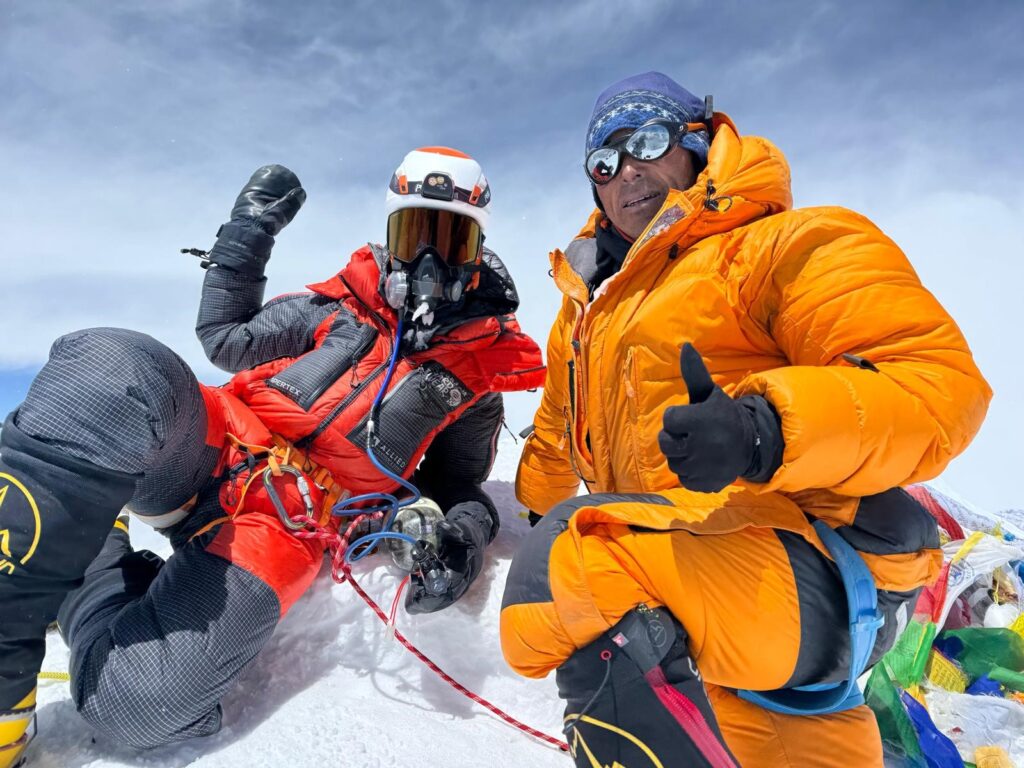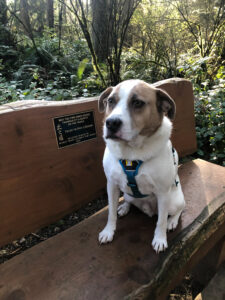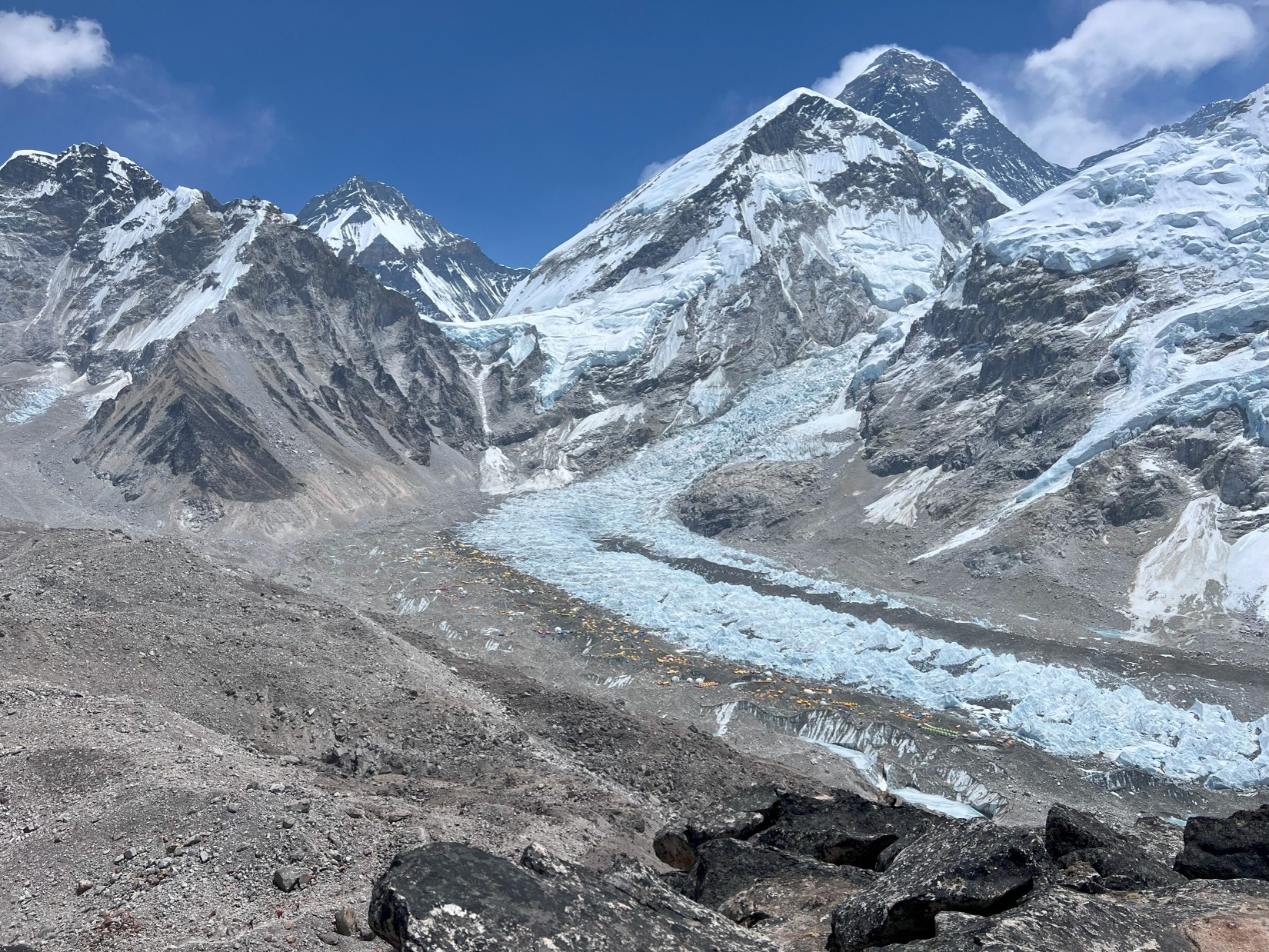
The Four P’s of Everest: Persistence Knows No Age
For nine months I had the honor and privilege of training Houston climber Susan Agar, who in 2025 became the oldest American and British woman to stand on top of the world. I caught up with her late this summer and now have the great thrill of sharing her story with my Blog readers.
A Conversation with Body Results client Susan Agar
When Susan Agar first stood at the foot of Everest’s Khumbu Icefall in 2024, she felt the shiver of realization: this is really happening. Years of preparation, reflection, and determination had brought her to that moment. And still, she knew the summit was only half the journey. On her second attempt in 2025, at age sixty-something, Susan became the oldest American and British woman to stand on top of the world, the third oldest woman globally to do so.
What strikes me most about Susan’s story is not the record she set, but the resilience behind it. She dared to try, failed once, and chose to try again. In a world that often whispers “too old” or “too late,” Susan embodies the reminder that age is never a barrier — persistence, preparation, and perspective are.
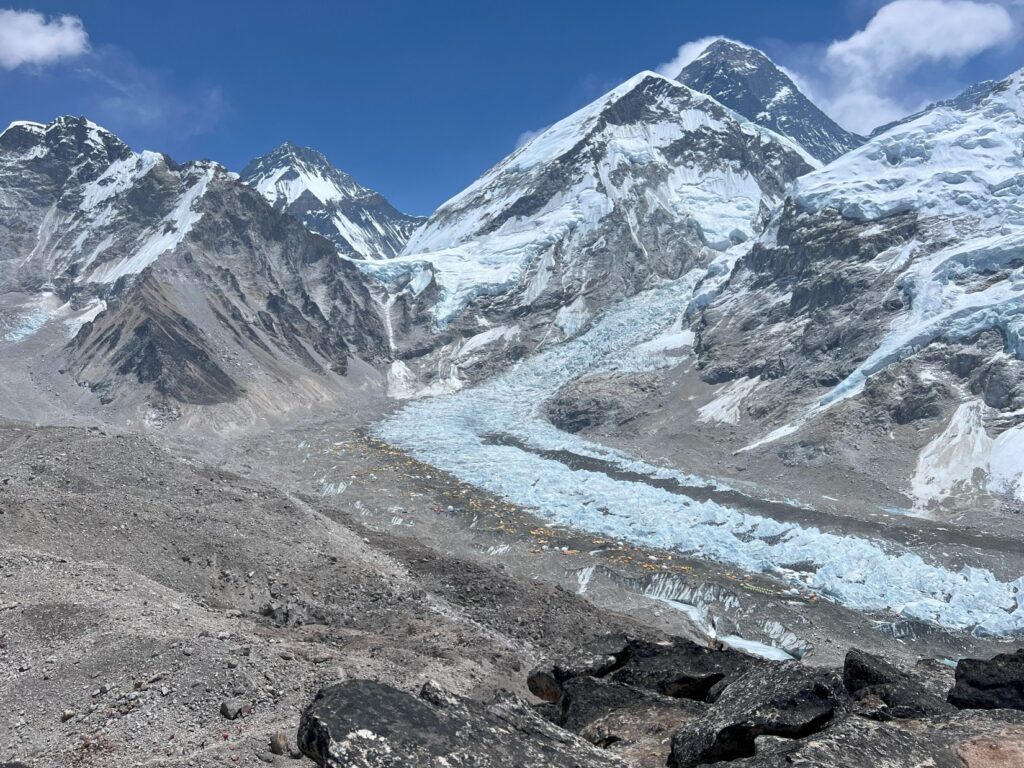
Age and Resilience at High Altitude
Susan didn’t grow up chasing the Seven Summits. She started as a geologist in the field, long before she thought of herself as a high-altitude mountaineer. Only in the last five years did she begin pursuing big climbs in earnest — proof that it’s never too late to start chasing a dream. In 2025, she stood on Everest’s summit, older than many of her teammates, yet stronger and more determined than ever.
Her record is noteworthy — the oldest American and British woman to summit, and the third oldest woman worldwide — but what makes it powerful to me is her persistence. She made one attempt, didn’t succeed, and chose to come back. Many would have stopped at one try or thought it was too far out of reach to even try. Susan’s resilience speaks to a broader truth: age may add hurdles, but it also adds perspective, patience, and the capacity to endure.
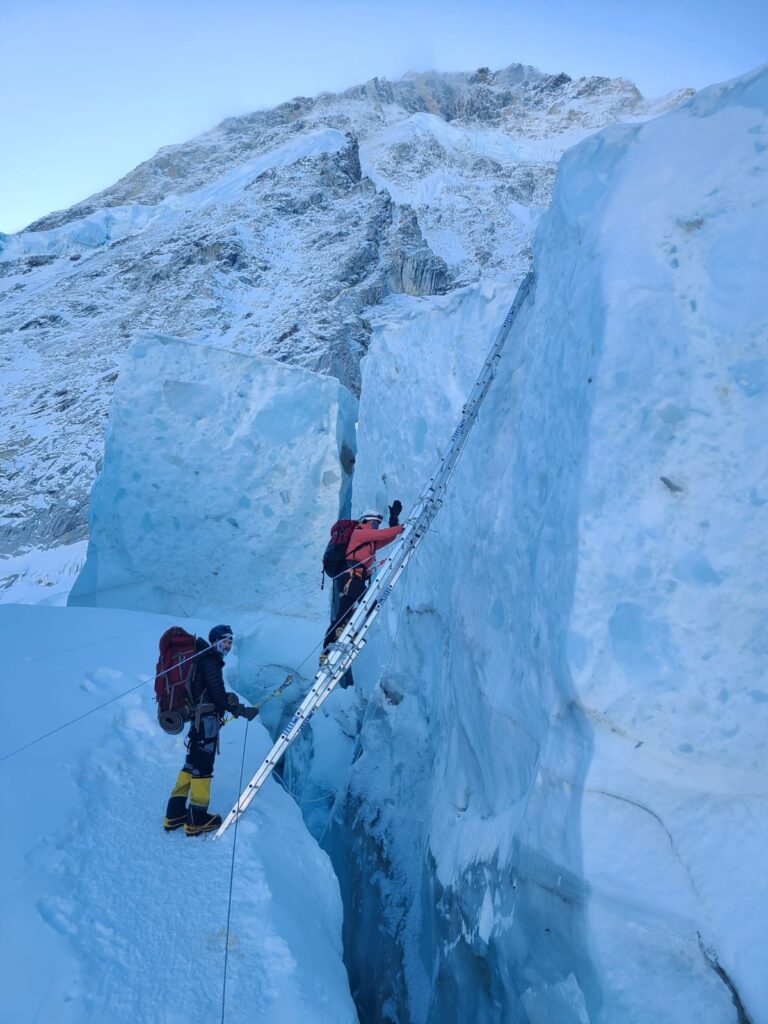
Support Networks: No Summit Is Truly Solo
Behind every climber is a network of support. For Susan, her husband played a quiet but essential role. He tracked her progress using GIS mapping software, watching her location inch across the world’s highest mountain. When she returned, they celebrated with trips through France and Switzerland, creating new memories together off the mountain.
That partnership mattered. It reminded me that goals — whether climbing Everest, leading hikes, shifting a habit, or pursuing a new life chapter — aren’t solitary. Success is strengthened when someone else is invested, cheering, or even just holding space for the journey. Susan climbed the mountain, but her husband and coach were part of her team.
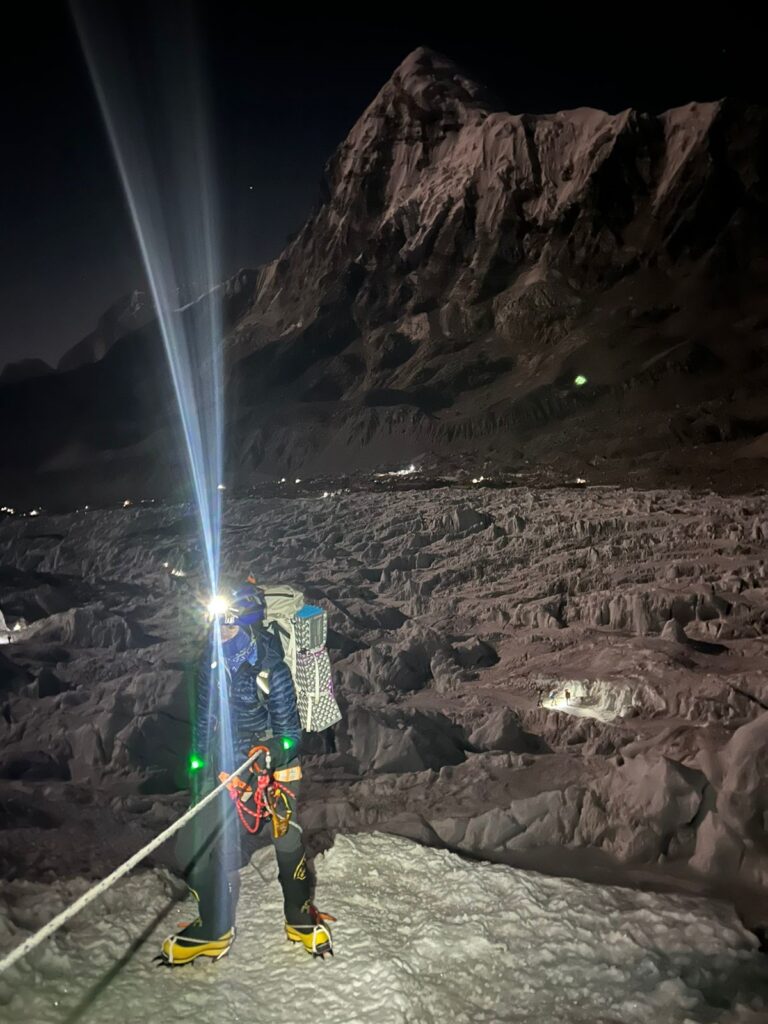
Preparation, Planning, and the Unexpected Cough
Everest preparation goes beyond building strength or carrying a pack. Susan had to manage the realities of gear, routines, and high-altitude hazards. One of the toughest was the Everest cough — a dry, hacking condition that affects many climbers in the Khumbu Valley. For Susan, it became too much on her first attempt, testing her ability to push forward despite discomfort. She learned and adjusted for her second attempt – and succeeded.
She also learned that preparation is as much about logistics as fitness: testing oxygen masks, streamlining morning routines in cramped tents, and knowing where every piece of gear belonged. Small inefficiencies at sea level can become huge energy sucks at 8,000 meters. Her lesson carries beyond climbing: practice until the unfamiliar becomes automatic, because at your limit, muscle memory matters more than thought.
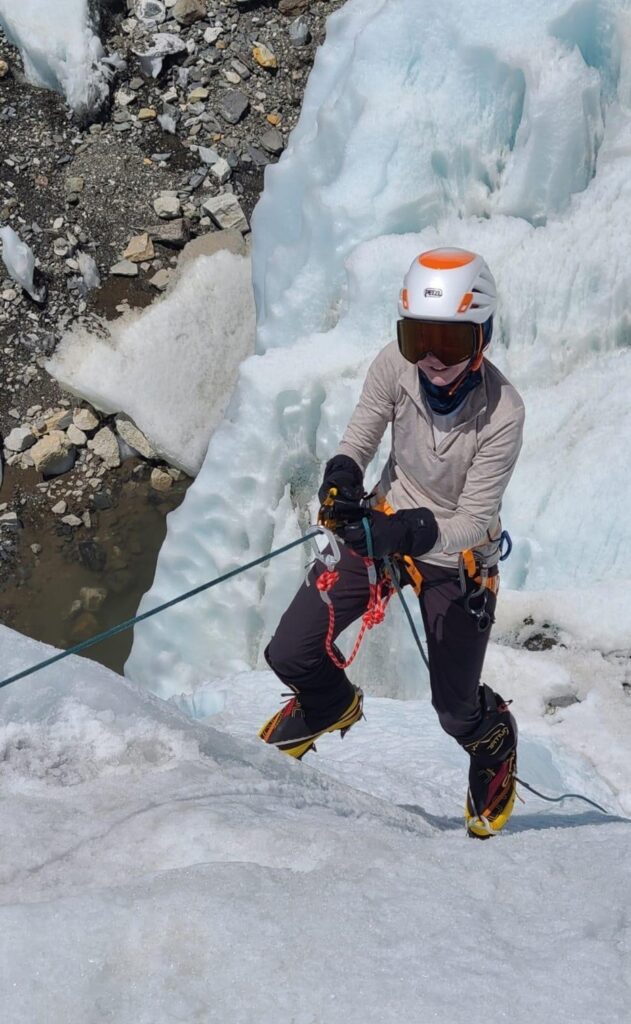
The Four P’s of Everest
Susan shared her personal philosophy by summarizing her Four P’s.
- Perception: Why are you climbing, and what meaning do you attach to it? If Everest intimidates you, how might you perceive the climb differently?
- Planning/Preparation: From gear to training to permits, success lies in the details.
- People: Every expedition is built on trust and tolerance — teammates, Sherpas, guides, and even those who wait at home.
- Privilege: To climb is to be grateful, to recognize the chance to learn and grow in rare air and in a foreign culture.
This framework, born of experience, is both simple and profound. It applies equally to mountains and to change in everyday life. For me, it crystallized something I’ve been shifting toward: moving from a fixation on summits to valuing the everyday journey – including its obstacles — itself.
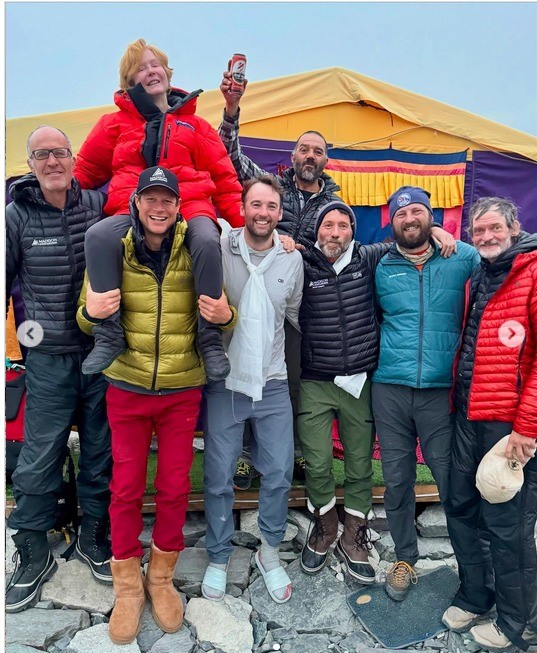
Gratitude and What Comes Next
For Susan, gratitude doesn’t stop at the summit. She carries it into each climb — gratitude for a safe passage through the Khumbu Icefall, for the Sherpa who guides, for the lungs that hold up one more day. Gratitude shifts the focus from what is lacking to what is present, and it made her second Everest attempt not only successful, but meaningful.
And she’s not done. Susan has set her sights on completing the Seven Summits, with Mount Vinson in Antarctica on the horizon for January 2026. At an age when many pull back, she continues to push forward, redefining what is possible.
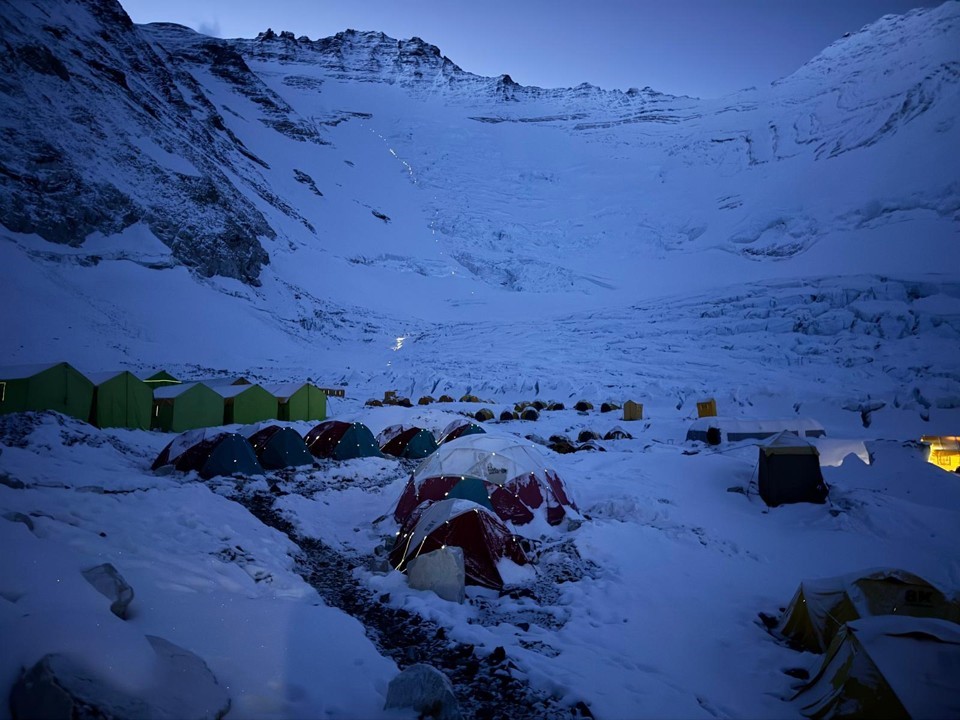
Lessons in Change and Cognitive Resilience
One of Susan’s most telling stories came not on Everest but on flat ground. During our conversation, she mentioned having a “senior moment” –pausing to recall the name of the third Ecuador volcano. That moment underscored something absolutely essential and her unique way of dealing with it: remaining cognitively sharp at 8000m. Her solution? Everything essential written on index cards. High-altitude at any age requires a nimble mind able to pivot, adapt, and re-focus under pressure.
This, too, is a lesson for change. Whether on a mountain or in life, setbacks will happen. Cognitive flexibility — the ability to pause, reset, and move forward — is just as critical as endurance. Susan’s story is a reminder that resilience is not only about trying again, but also about thinking differently when conditions change. Coming up with as many problems as she could think of and preparing for them all sounds like a very smart approach to all of life’s obstacles.
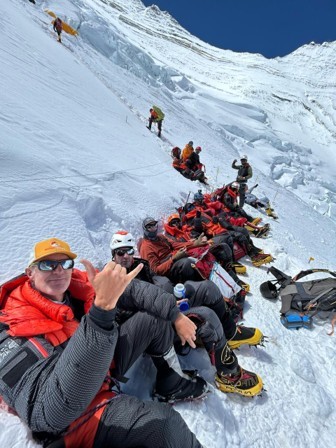
A Coach’s Reflections
In my nine months of working with Susan, she struck me as diligent, persistent, organized, and determined. Great qualities for any endeavor, but especially for the Seven Summits. Susan’s story reminds me that preparation matters — but resilience matters more. Gear can fail, bodies can cough, storms can turn us around. What makes the difference is the willingness to adapt, to try again, and to lean on both planning and grace when things don’t go as expected. As she did on Everest, so, too, am I doing during each of my hike leads.
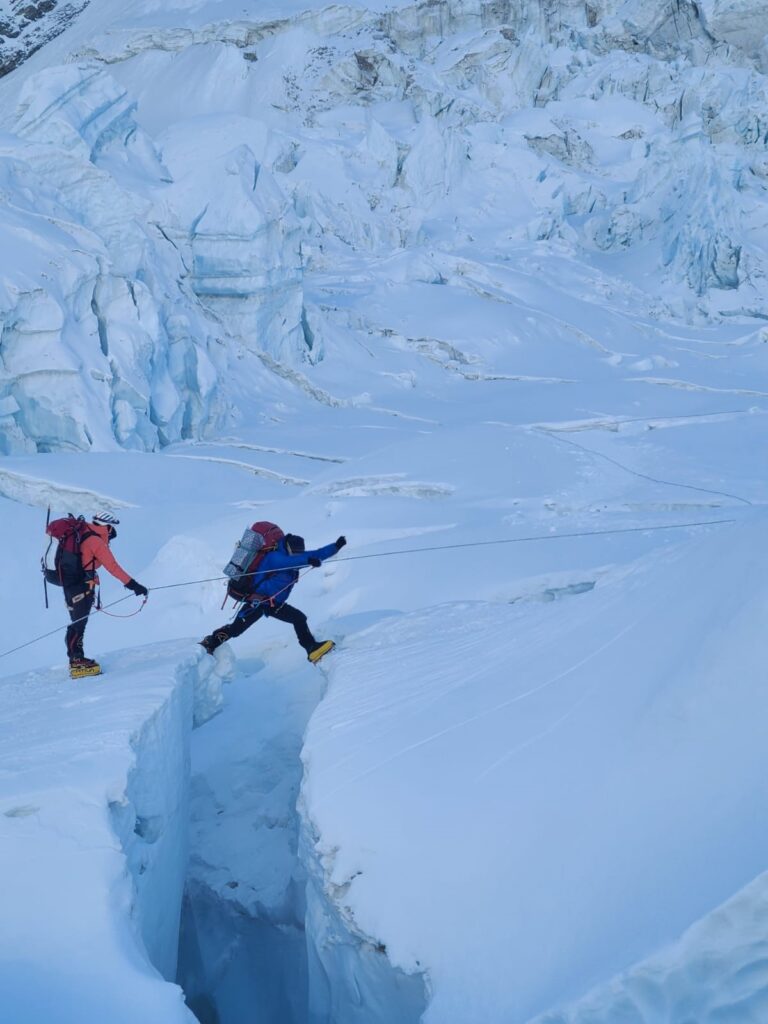
Her Four P’s — Perception, Planning, People, and Privilege — are lessons for all of us, whether we’re climbing mountains or navigating personal change. Test your gear before it matters. Build hunger tolerance in a world that offers constant convenience. Know your tools inside and out, down to how batteries behave in the cold. And above all, seek wisdom from those who have been there before — because someone undoubtedly has, and will be more than willing to share their experience.
Susan’s Everest journey is remarkable on its own, but the deeper truth is this: we each have our Everests. Sometimes we reach the summit. Sometimes we turn back. What matters most is daring to step onto the mountain in the first place and finding gratitude in the journey itself.
